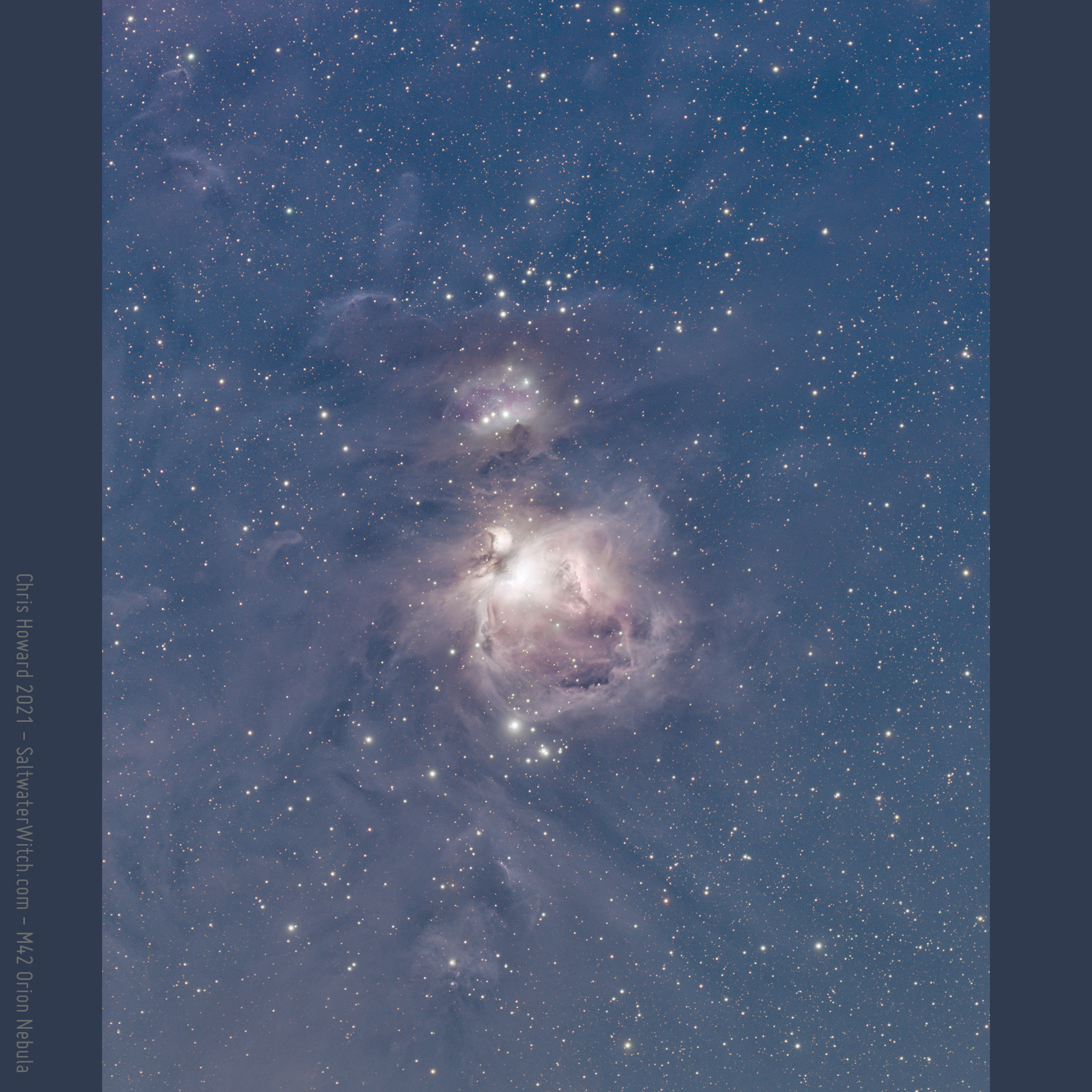The Underutilized Ferromagnetism Advantage
When you see reviews of Newtonian astrographs, you sometimes hear—if the option is available—that you should get the carbon fiber version—for a variety of good reasons, including reduced weight, less susceptible to temperature fluctuations like steel tubes, and that cool carbon fiber look. Steel OTAs (Optical Tube Assemblies) are cheaper, but they also have an underutilized ferromagnetic advantage—meaning magnets love to stick to them. I bought a ZWO EAF (auto focuser) for my Apertura 8" (203mm) newtonian with an 800mm focal length at f/4, but I ended up removing it and using it with the William Optics SpaceCat 51. I have a couple Deep Sky Dad autofocusers, including a new-ish AF3 I had bought for a scope I sold.
I was tinkering with options for using the AF3 for focusing the Newt. The obvious approach would be to use something like the ZWO EAF bracket and couplers. Or... I could take a completely different path, using strong magnets to hold down the focus motor, with a timing belt to turn the 10:1 reduction focus knob.
This idea wasn't completely out of the blue. I've been using these neodymium bar magnets for a while to hold down Raspberry Pi devices and my Pegasus Pocket Powerbox. I bought a pack of adhesive-backed metal plates (link below) to hold down these devices. But I don't need them for newtonian scope because the whole thing is steel.
First off, these magnets are crazy strong, and you have to be careful with them. Get them around your tools or a box of hex bolts and it's like angry Magneto tussling with the X-Men. But if you glue two of these to a spare guide cam dovetail bracket, you have the perfect base for your autofocus motor on a steel OTA. I always tape over the magnets with gaffers tape (cloth tape) so I don't scratch my scope. I then glued a small 32mm dovetail to the AF3 motor housing and that's it. I let the E6000 glue dry for 24 hours, and tested out the setup up in N.I.N.A. The belt tension was easy to dial in by carefully sliding the dovetail base and testing the belt. I'm happy to report that everything seems to work well. The motor isn't going to budge with two of these magnets holding it down.
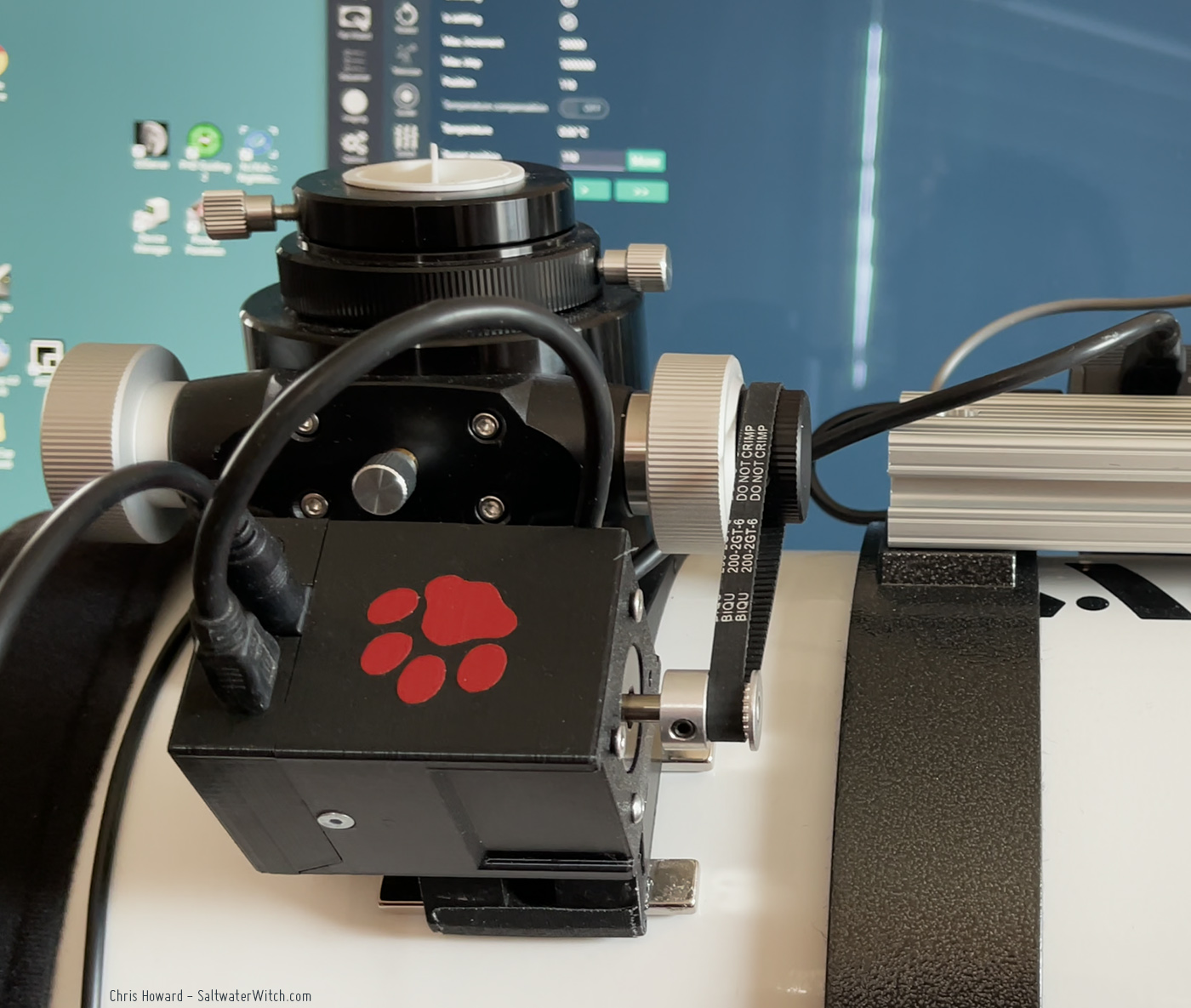
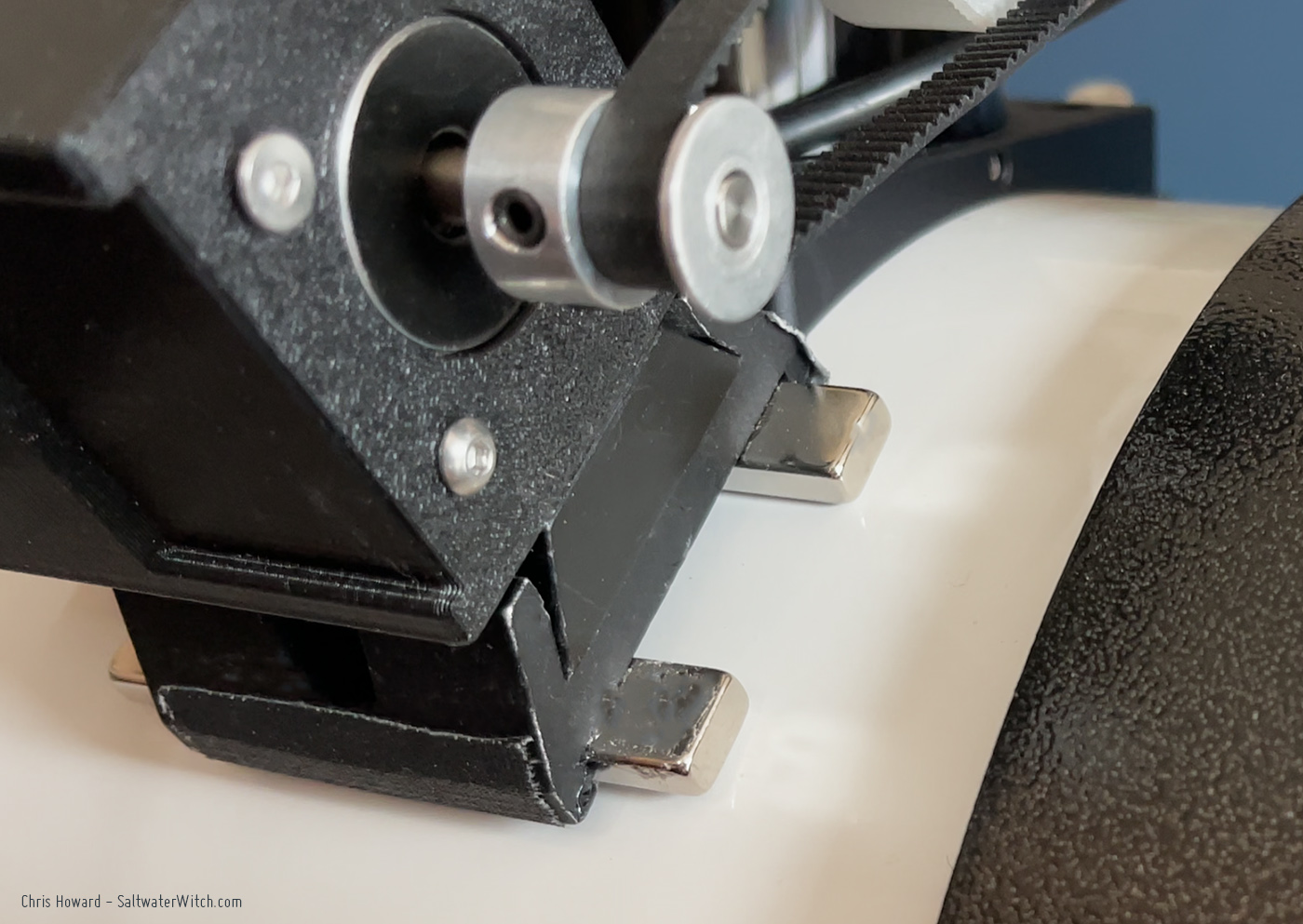
E6000 industrial-strength glue
https://www.amazon.com/dp/product/B071DXL2MP
Neodymium Bar Magnets
https://www.amazon.com/dp/product/B07QWMHGHZ
Adhesive metal plates for magnets
https://www.amazon.com/dp/product/B08CHF846J
Posted December 1, 2021
Nothing from the Milky Way
Here’s M31, the Andromeda Galaxy without any stars from our galaxy, the Milky Way. The two bright objects orbiting Andromeda are captured galaxies, M101 (bottom right) and M32 above Andromeda. Almost everything in this frame that generates light is a star in another galaxy.
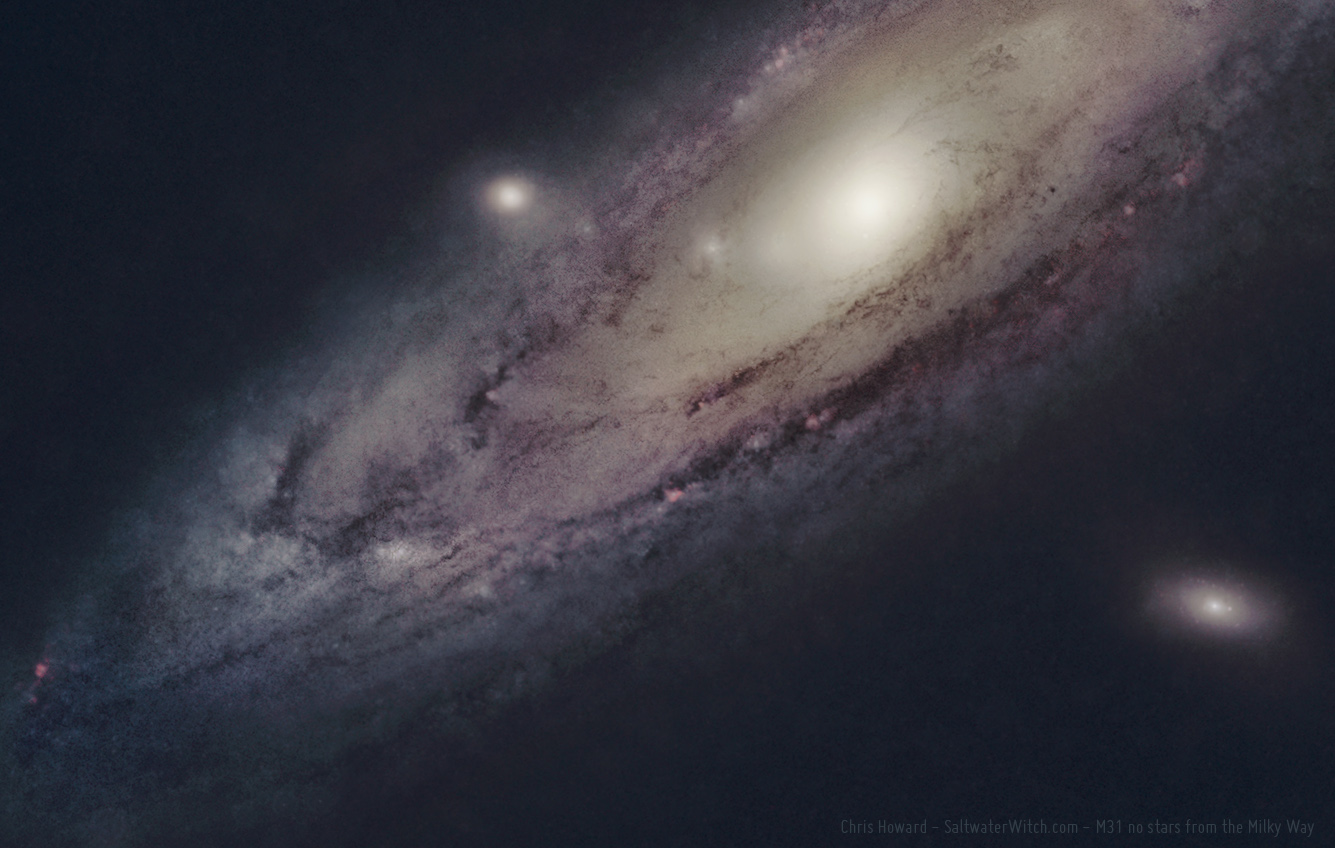
Posted November 30, 2021
The Baader Mark III Coma Corrector
I just ordered the Baader coma corrector for my 800mm f/4 Newt, and spent a few minutes getting the 55mm distance to sensor spacing right for the ZWO ASI071 camera.
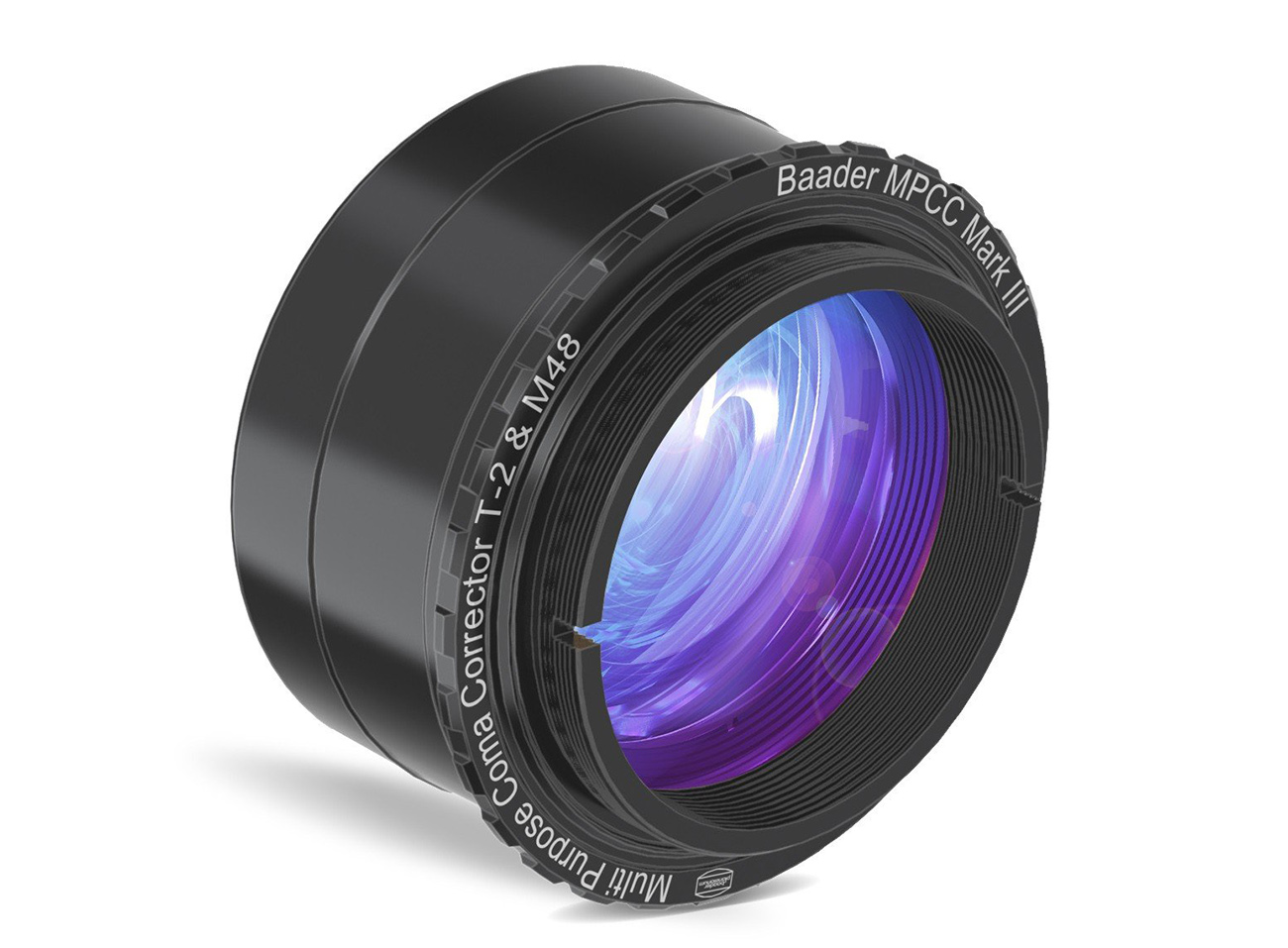
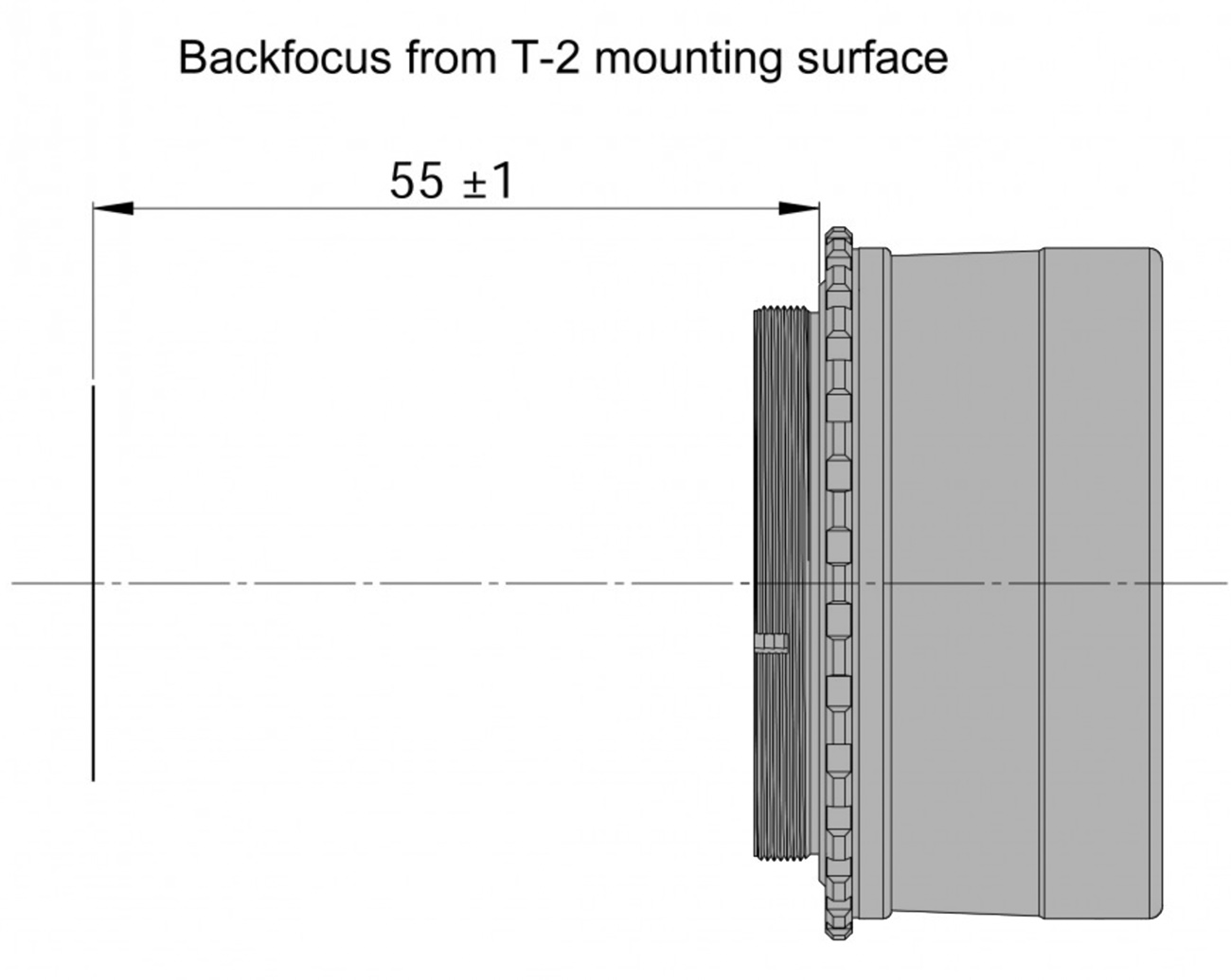
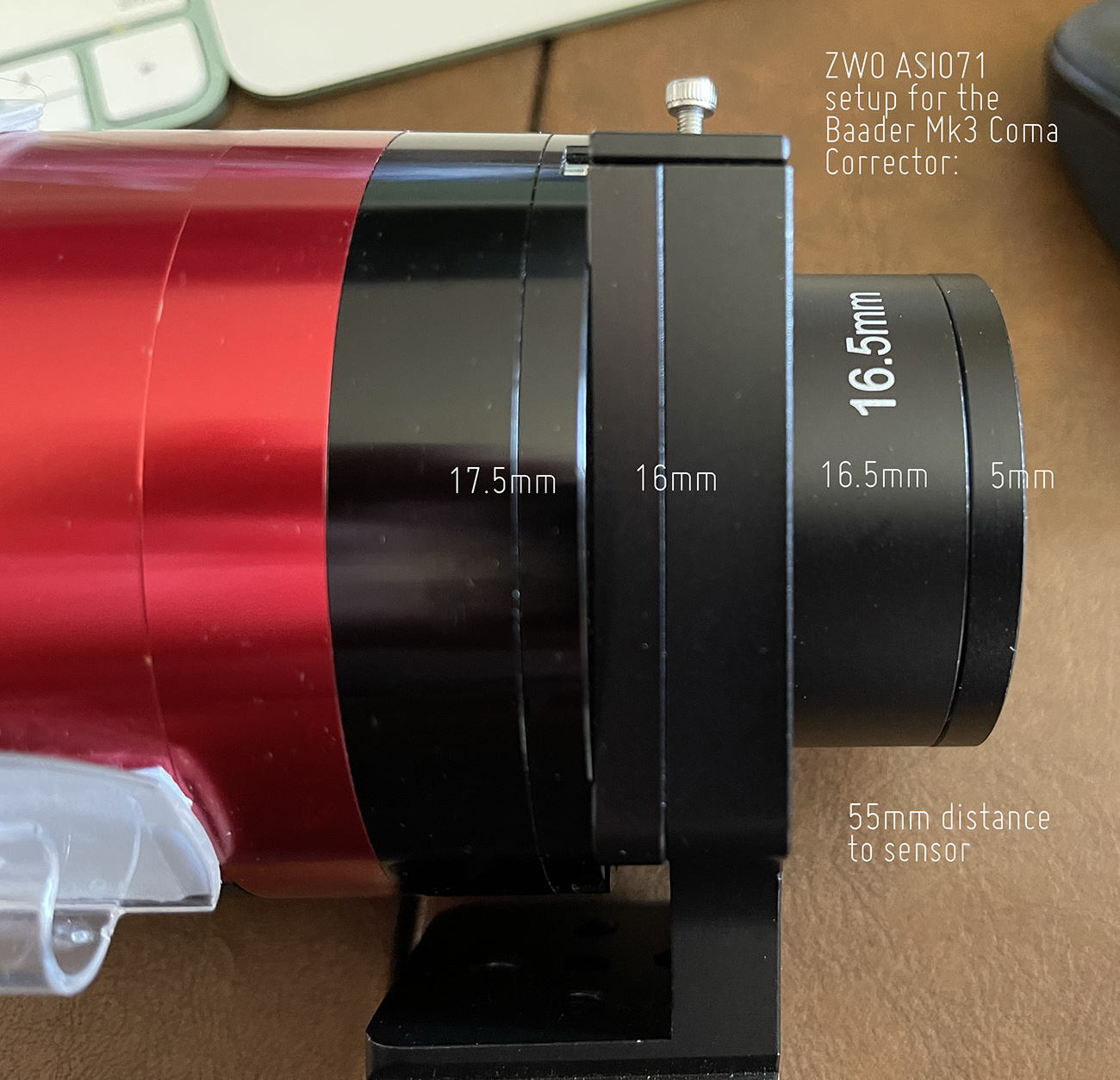
Posted November 30, 2021
Rosette Nebula - without stars
The large HII region, the Rosette Nebula (Caldwell 49) in the Constellation Monoceros, with the stars removed from the image. This just shows the roughly 500 trillion miles of hydrogen clouds with the surrounding empty space.
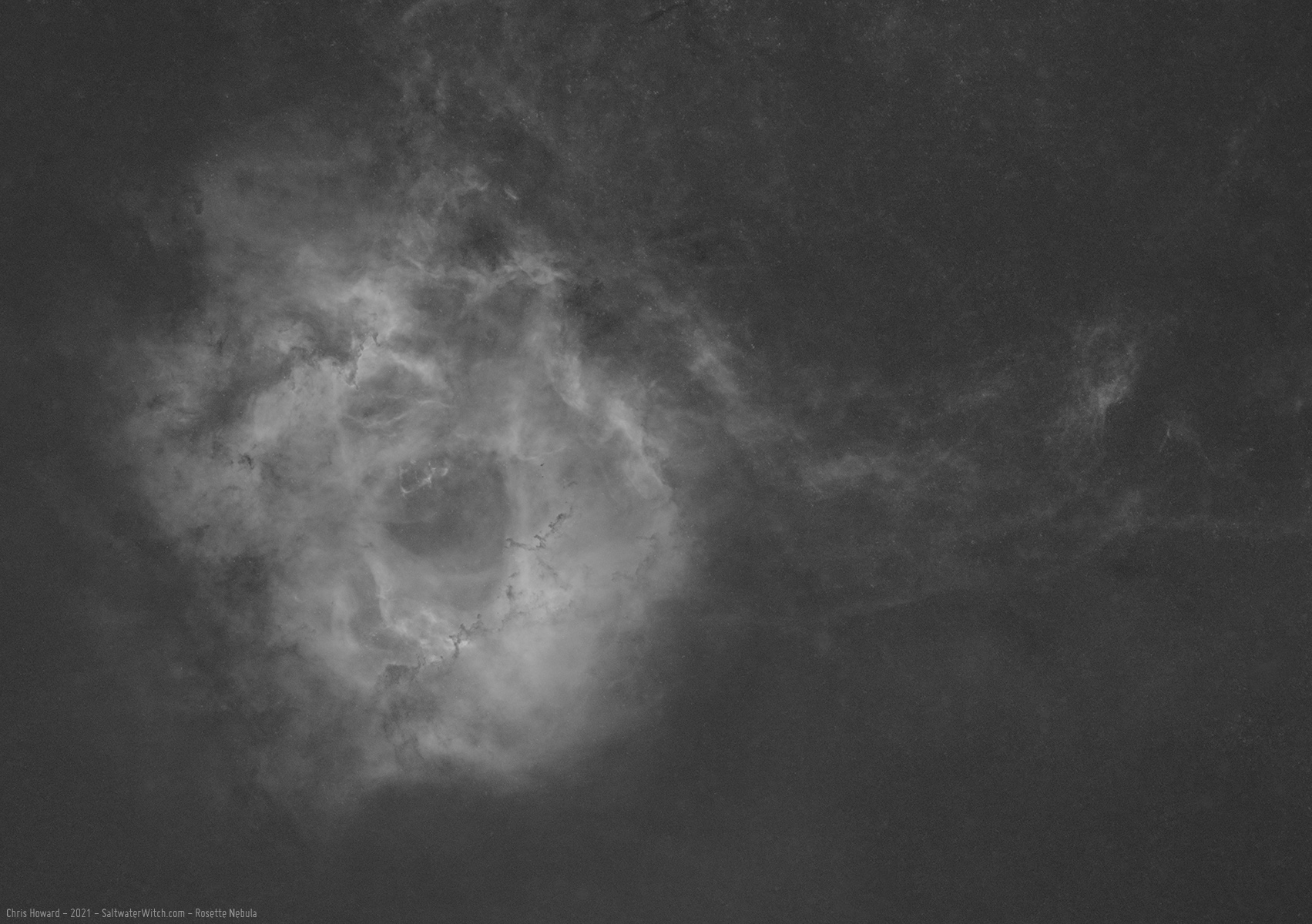
Posted November 28, 2021
NGC 281, IC11, the Pacman Nebula in Ha
A wide-field narrowband (hydrogen-alpha) image of the Pacman Nebula in Cassiopeia. This emission nebula is a little under 10,000 lightyears away in the Perseus Spiral Arm of our galaxy, and it doesn't seem quite large enough for this view--except to show that Pacman is alone out there in this region of space (from our perspective). And that's one of the many cool aspects that makes NGC 281 fascinating to capture--there are so many others, an intense star-forming region, it's a great Hubble palette target, large examples of bok globules, X-ray imaging reveals a dense molecular clouds of hydrogen and carbon, feeding the process of star-creation, to name a few.
The double star eta Cassiopeiae (η Cassiopeiae) is the bright point of light above Pacman/IC 11 (brightest in the frame). Eta Cass. is made up of eta Cassiopeiae A, a sun-like G-type main-sequence star, and its smaller K-type orbiting companion, eta Cassiopeiae B. With a little research, this might be a cool SF world to tell a story around--the main star is like ours, but with an additional sun orbiting. And it's only 19.5 lightyears away.
Imaging notes: 57 x 300-second subs in 3 nanometer hydrogen-alpha. No calibration frames. Guiding was better than expected, with total RMS hovering between .7 and .9 arcseconds. Seeing was below average--astronomical seeing, which is impacted by turbulence and temperature differences in the atmosphere. It's pretty common to have a clear night with terrible seeing. There's a time and place for twinkling stars--like writing a song, but they're the bane of astrophotographers. Gear notes: ZWO ASI1600MM-Pro monochrome camera, Antlia 3nm Ha Pro narrowband filter, William Optics SpaceCat 51 apochromatic refractor, Sky-Watcher EQ6-R Pro mount.
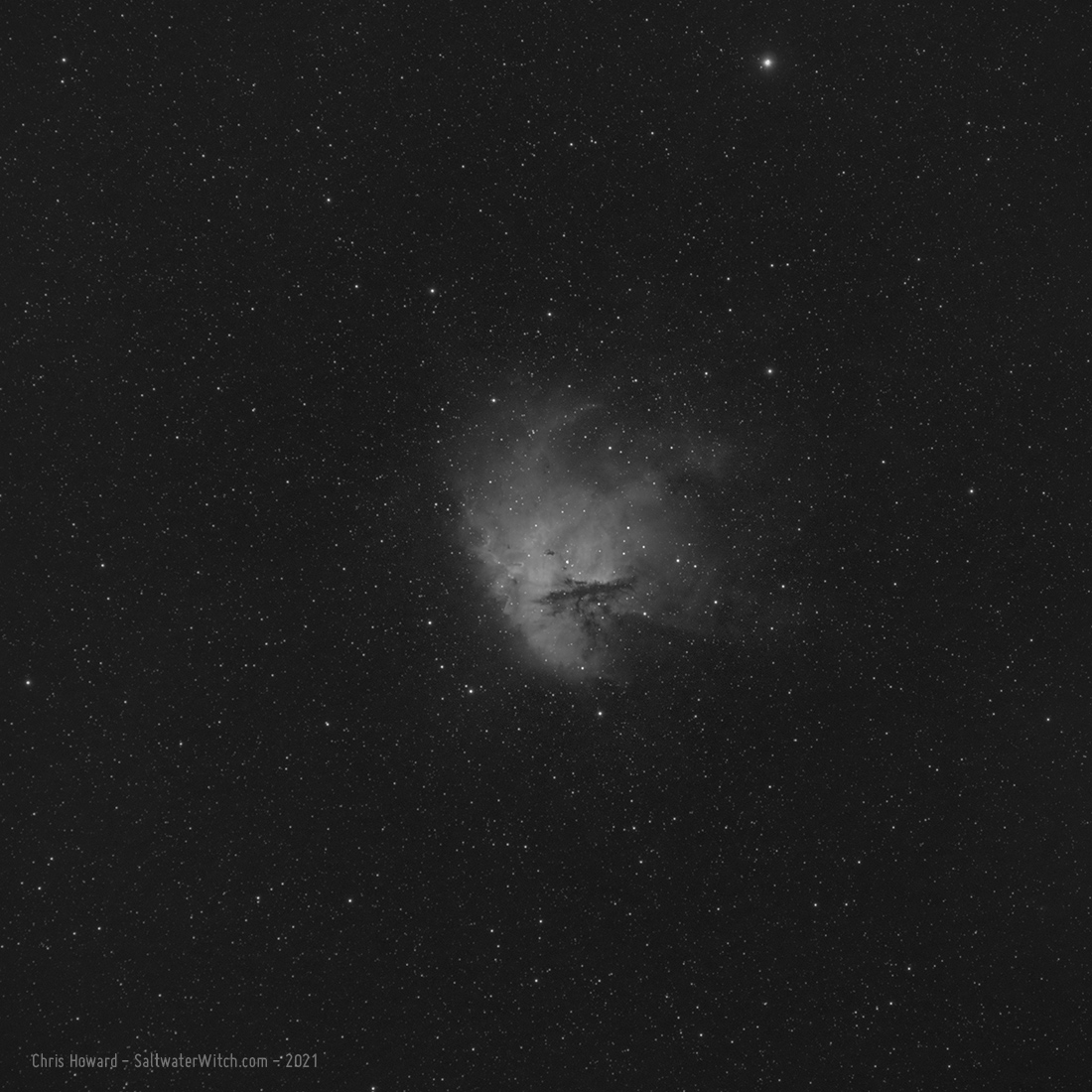
Posted November 25, 2021
Orion Nebula, M42 and surrounding region
One more of the Orion Nebula, Running Man, De Mairan's Nebula (M43).
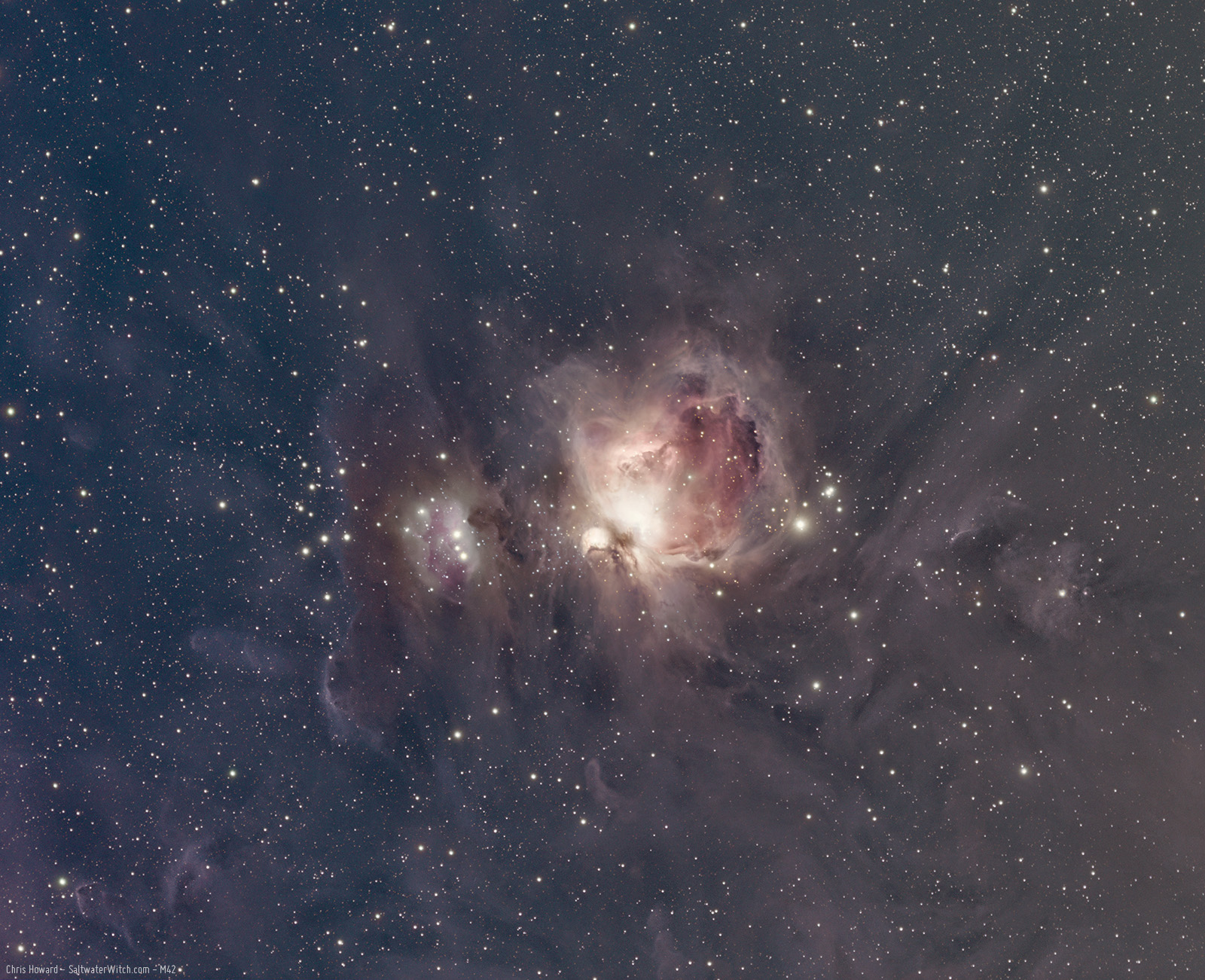
Posted November 21, 2021
M31, Andromeda Galaxy
Another one from last night's imaging run--finished up last night, with 34 subs from November 1st: Our largest galactic neighbor, Andromeda, with the William Optics SpaceCat 51 refractor and the ZWO ASI071MC cooled color camera.
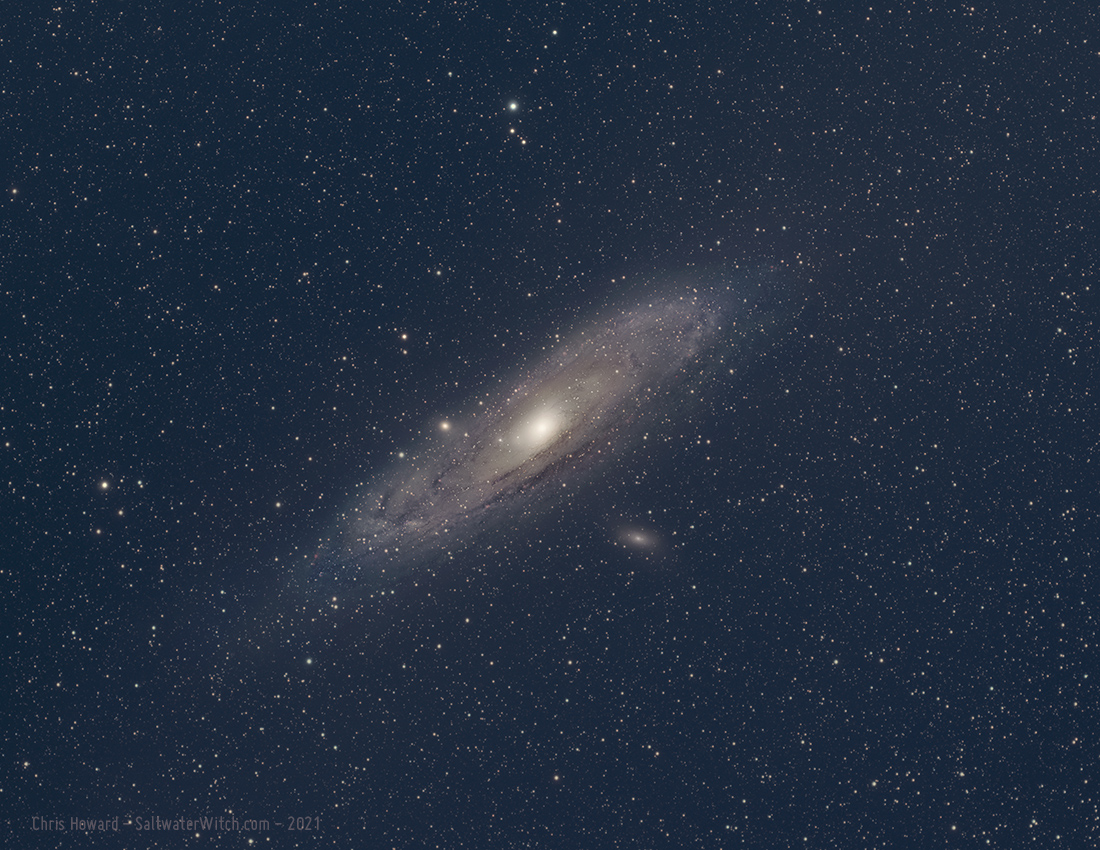
Posted November 4, 2021
Orion Nebula (Messier 42)
From last night's imaging run: The Orion Nebula (M42) is one of my all-time favorite deep sky objects, and the Constellation Orion is in my top five places to go with a telescope. Imaging Notes: Ha+RGB, Ha: 55 x 240-second subs, color: 123 x 120-second subs stacked in DSS, processed in PSCC2022. William Optics SpaceCat51 Apo refractor, ZWO ASI071MC cooled color camera & ASI1600MM-Pro monochrome camera, Controller: INDI, Ekos, KStars.
